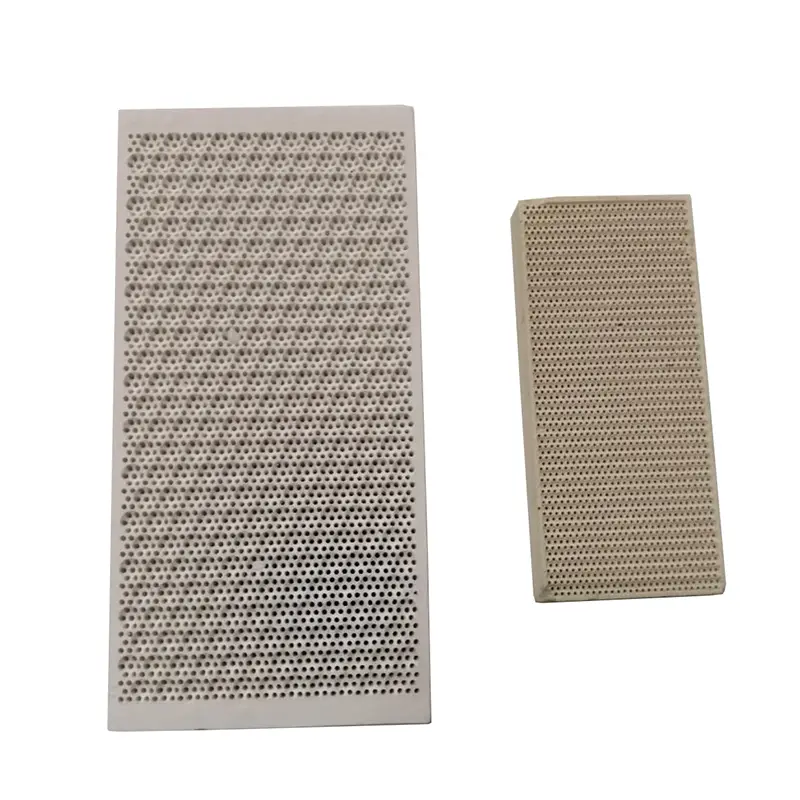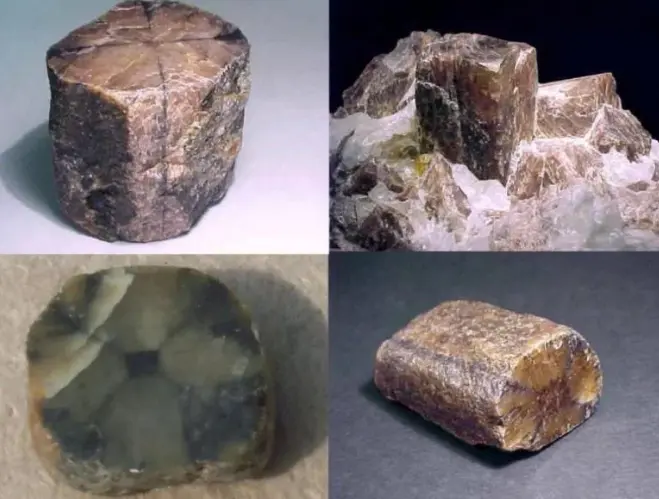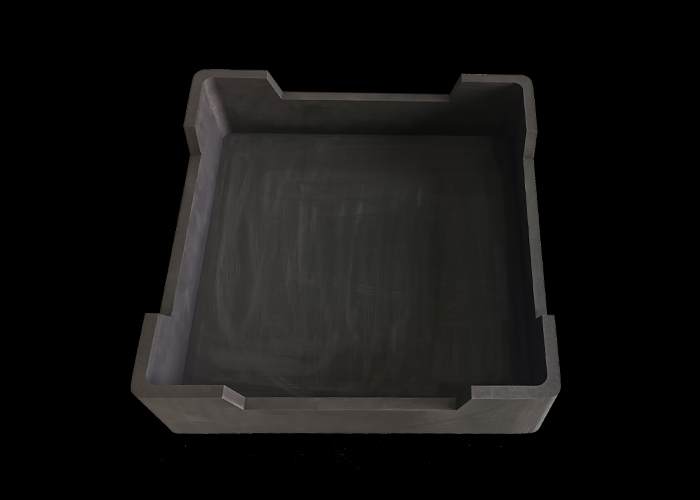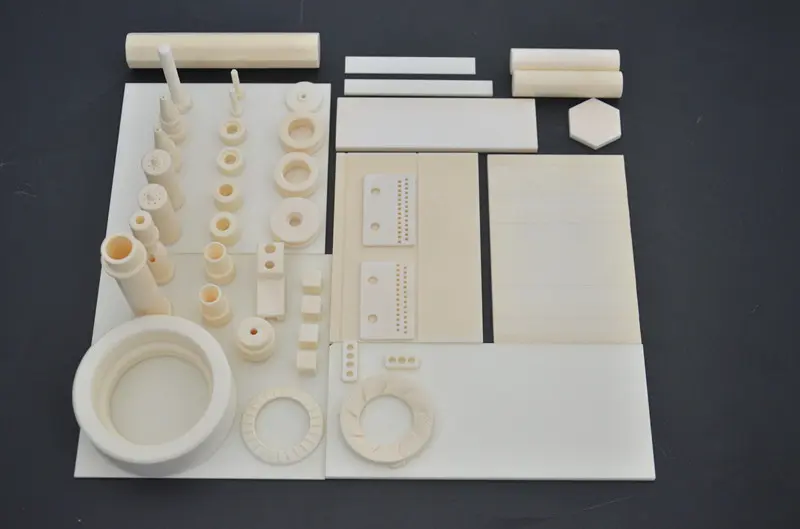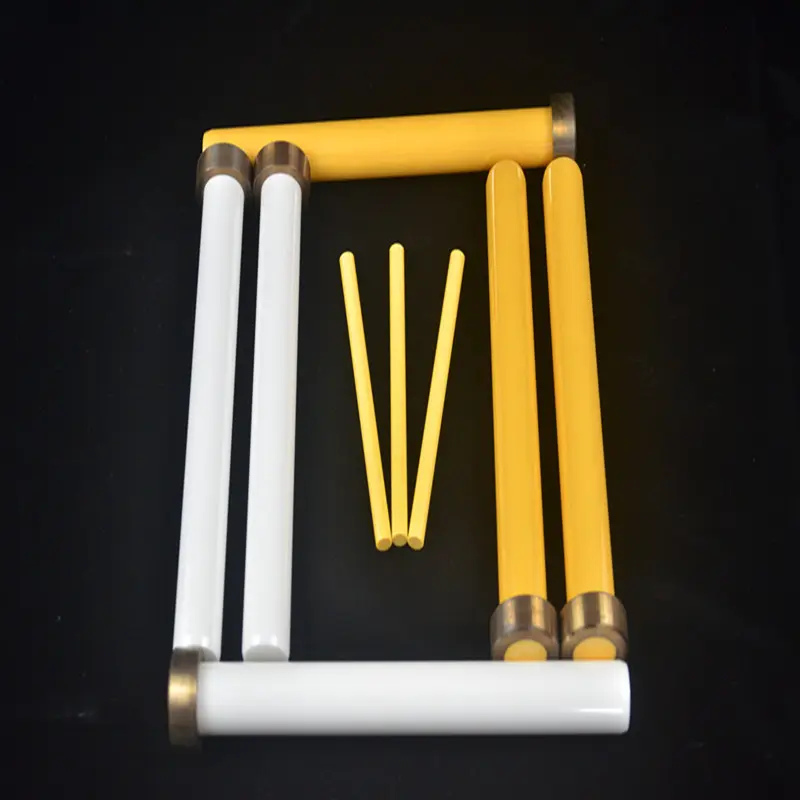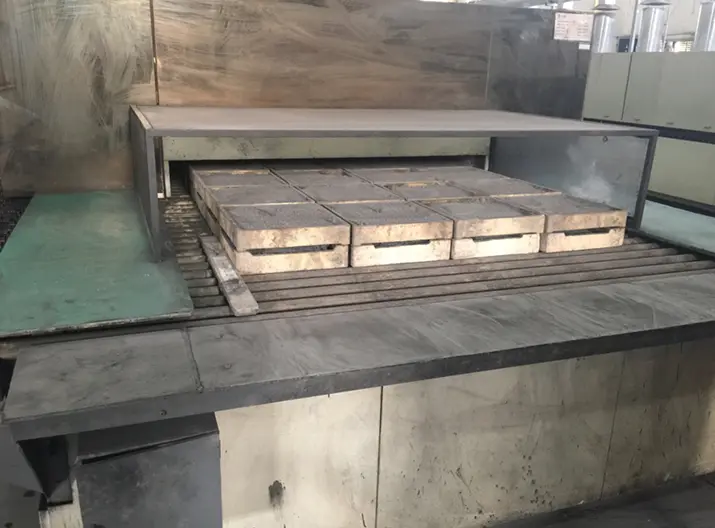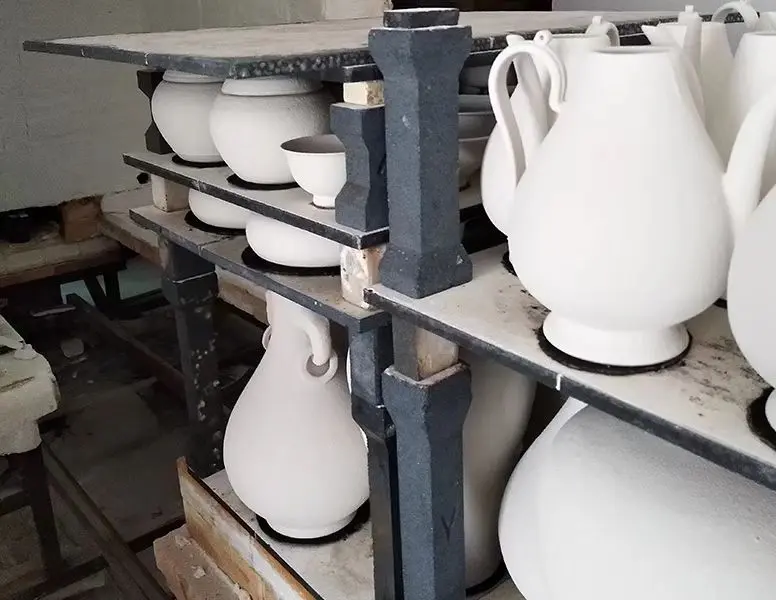How to Enhance the Wear Resistance of Mullite saggers
Wear resistance is the ability of a material to withstand mechanical wear, including abrasion, erosion, and fatigue. In the context of mullite crucibles/saggers, wear resistance is influenced by
-
Material Composition: The wear resistance of mullite saggers can be significantly improved by optimizing their material composition. Incorporating additives such as zirconia or alumina can enhance the mechanical properties and thermal stability of the saggers. These materials can help create a denser microstructure, which reduces porosity and increases resistance to wear.
-
Sintering Process: The sintering process plays a vital role in determining the wear resistance of mullite saggers. By carefully controlling the temperature and duration of the sintering process, manufacturers can achieve a more uniform and dense structure. Higher sintering temperatures can lead to better bonding between particles, resulting in improved wear resistance.
-
Surface Treatments: Applying surface treatments can also enhance the wear resistance of mullite saggers. Techniques such as glazing or coating with protective materials can create a barrier against abrasion and thermal shock. These treatments not only improve wear resistance but also enhance the aesthetic appeal of the saggers.
-
Regular Maintenance: Implementing a regular maintenance schedule can prolong the life of mullite saggers. Cleaning and inspecting saggers for signs of wear can help identify issues before they lead to failure. Proper handling and storage also play a crucial role in maintaining their integrity.
- Industry Challenges: Different industrial environments may expose the crucibles/saggers to unique wear challenges. For example, in metal smelting, the intense heat and interaction with molten metals can cause significant wear. In the ceramic industry, abrasive materials and high temperatures can lead to wear.
In conclusion, enhancing the wear resistance of mullite saggers involves a combination of material optimization, careful processing, surface treatments, and regular maintenance. By focusing on these areas, manufacturers can significantly improve the performance and lifespan of these critical components in the ceramics industry.


